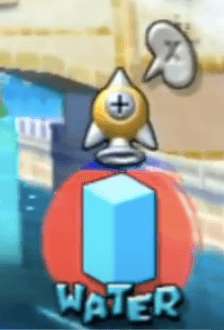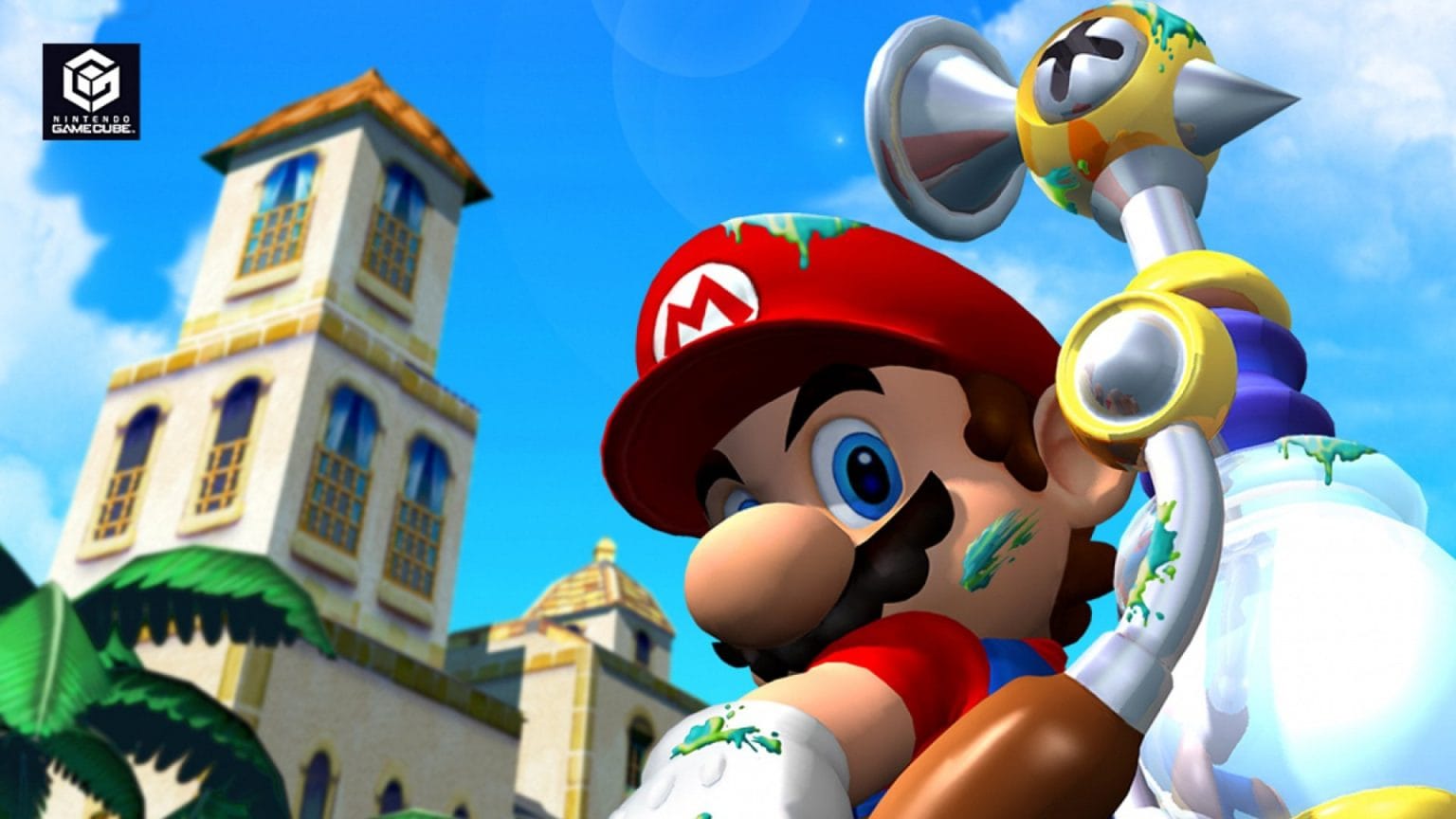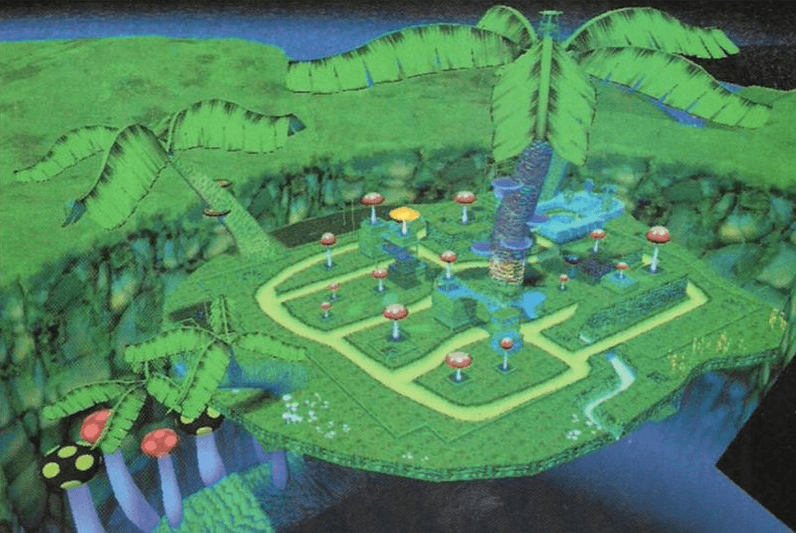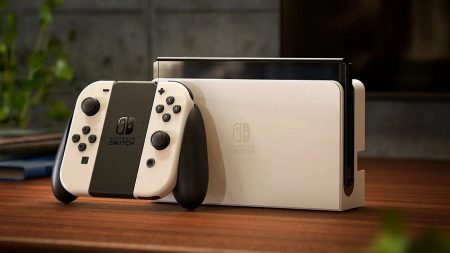Super Mario Sunshine: The Pianta Project
While I forgot when my fascination with speedrunning began, I can safely say it exploded after rooming with the illustrious Jbop1626 in college—a phenomenal Ocarina of Time and GoldenEye speedrunner, running both these games in some of the earliest days of speedrun history (Twitch and YouTube here). He helped me casually learn some Wind Waker HD tricks and routes which, admittedly, have since become wildly outdated. But I was some nobody—just an average college kid clipping, leaf pumping, and item sliding my way through dungeons in a speedrun of my favorite game.
I open with this to disprove the myth that speedrunning is for some higher tier of gamer—some remarkable, God-blessed individual with fast-twitch muscles and the ability to see every frame-per-second. While the recent charity event Awesome Games Done Quick 2018 tried to prove this as well, teaching a runner some game he’d never played, a speedrunner is still a speedrunner. I’m just a writer who plays a lot of games. In this series, I will breakdown the process of routing, learning tech, practicing and optimizing a game from the perspective of an obsessive fan in hopes to demystify the process.
Breaking into Sunshine’s Speedrunning Scene
For context, Mario hopped on the GameCube in Super Mario Sunshine—a delightful successor to the N64’s Super Mario 64. If you hadn’t played it, Mario engages in his typical star-hunt platforming, collecting—in this case—Shine Sprites to unlock worlds and save Peach. Very standard stuff encased in great gameplay. But in this game, Mario is aided by a sentient backpack: FLUDD. FLUDD acts as one part water gun, one part hoverpack, back-strapped rocket, and all around indispensable instrument adding water physics to Mario’s platforming arsenal.
Super Mario Sunshine—often abbreviated as SMS—quickly became a popular game to speedrun. Runners have broken up the game in the following categories:
| Any% | Beat the game as fast as possible, skipping any levels, cutscenes, or gameplay sequences you can |
| 120 Shine (100%) | Collect and complete everything in the game, getting every blue coin and every secret shine |
| 96 Shine | Every level and shine in the game, excluding the shines purchased with the game’s blue coins |
| 20 Shine | Nothing special, just get 20 shines |
| Individual Levels (IL) | Race individual levels as fast as possible. The timer starts at the last, blacked-out frame of the level cutscenes and ends the frame Mario hits the level shine |
| Hoverless | Follow the rules for any category above, but Mario is unable to use FLUDD’s hover functionality |
I should note these are far from the only SMS categories, but for the sake of a demonstration, these are all I feel warrant discussion.
While I could have recorded (and likely will) the process and history of some Zelda Any%, I found a completely empty SMS category to run—charting my own experience with the routing and running process, creating blog-based entries of the journey for the site. I chose a hoverless, individual level run—specifically Pianta 8.
What’s the Run
Serving as the final level in Pianta Village, “Fluff Festival Coin Hunt” tasks the player with finding eight red coins hidden on the map—ending in the retrieval of the level’s Shine Sprite, high up in the clouds. My goal, as this is a “hoverless” run of the level, is to complete this mission as fast as possible without the aid of the hoverpack—a feat harder done than said. As I mentioned in the opening, no one has tried this—at least not the individual level. Effectively, this is the Wild West; I have no sources telling me how to route and tackle each red coin.
I can’t stress this enough, the hover nozzle (that’s the actual, in-game name) is absolutely required to play this game “casually”—in a non-speedrunning capacity. First, we have to figure out if this level is even possible to complete hoverless. The short answer: yes; the long answer: likely with great difficulty.
As the previously linked IGN guide states, “Do not trade the hover part for the rocket part until you get the first seven coins, or you will be sorry.” Great. As that quote mentions, the rocket nozzle is required for completing the mission. It also implies to complete this level without the aid of the hover nozzle is blisteringly difficult. Collecting the rocket nozzle removes the hover functionality from FLUDD, eliminating “dead weight” from the run. Collecting it at any stage could only help with mobility, in my case.
With one coin under the map, six in the village, and one high in the centerpiece tree, navigation will largely be easy aside from two specific moments. The route for the standard IL requires very little hovering, meaning I have only minor changes for the most part. While my next entry in this Pianta Project will deal with the finer details of routing, I wanted to check the viability of completing a run and getting a base time—basically, the first draft of a world record.
The Speedrunning Tech
Routing is speedrun-slang for establishing the optimal game path to complete the objective (“optimized” being one of the most frequently used words in speedrunning forums and videos). Tech means the techniques: the tricks, glitches, and exploits speedrunners use to cut massive sections of the game. Anytime a runner flies through the air, walks through walls, or does anything that breaks the game, they are employing tech. There is one important glitch I need to discuss and two movement exploits.
The difference between exploits and glitches are marginal at best, and many people use them interchangeably. As far as I can tell, exploits use intended controls and mechanics in unintended ways; glitches outright break the game, tricking the game into allowing things otherwise impossible.
Infinite Rocket Storage
Infinite Rocket Storage is easily my favorite glitch in the game. It’s insanely easy to perform (with a little practice) causing absolutely wild results. The rocket nozzle takes a few moments to fully charge up; but when loaded, Mario gets some serious height. Glitch hunters and runners discovered you can stack multiple charges in a single launch, causing you to launch far higher than the game intended. On the technical side, each rocket storage launches Mario slightly higher than a single blast, so two charges sends Mario notably higher than the distance of two standard jumps.
How do you do it? To explain it as simply as I can, we prevent Mario from actually leaving the ground with the rocket, then blasting when we’re finally ready. With the spray nozzle activated, Mario has access to a particular movement—the sideways shuffle. This is done by holding down L, restricting Mario to an awkward left and right plane of movement. We must start in this position by holding down L, keeping this stance when switching to the rocket nozzle (as simple as holding down L and pressing X).
The GameCube has analog triggers. Different levels of pressing down L or R cause different results and variable inputs. R charges the rocket. While players usually hold the trigger down past the click—a full press—for our purposes we want the button pressed right to the threshold of the click—almost, but not fully. FLUDD will show the charge level steadily rising. Keeping R held down to the desired position—once the meter almost hits the top, release L. The rocket will shoot, but Mario remains glued to the ground.

The rocket is now stored. Nintendo anticipated this, apparently. Any sort of movement erases any stored launches—except for one. That awkward side shuffle comes into play once more. While we initially used it to get Mario in the right stance, moving in this L shuffle keeps the storage. If Mario shuffles off a ledge, he flies higher than you can ever imagine. Staying still and switching from the rocket nozzle to the spray nozzle (again, a simple X press), Mario is free to shuffle to his heart’s content—or, if you are so inclined, start the process over again and store additional charges.
That sounds like a lot, but it’s really only a few button presses. This tech is used twice. Initially, runners use it to get to the top of the main tree fast. Then, runners skip a long, fluff-based wait to jump straight to the final shine. Here’s a video explaining the process with visuals.
Dive Jumps
For our first exploit, dive jumping (probably not its official name) is critical for all hoverless runs. Mario dives by pressing B. He dives on the ground, or he dives in the air. Mario obviously gets a lot of horizontal distance with a dive, so the sooner you press the button, the greater the distance Mario can move. The hover nozzle provides incredible horizontal mobility, so in losing that ability, hoverless runners require a technique to replace that loss. The earliest you can press B to dive is, funny enough, at the same time as pressing A. It’s as simple as that. Drape your fingers over B and A, smashing both at the same time, and Mario goes pretty far.
Mario has several types of jumps, the spin jump being the most important. With a quick rotation of the analog stick and a mash of A, Mario spins in the air, getting as high as possible from a standing position. The more height Mario gets, the more airtime. The more airtime, the farther the dive jump takes us. As in any hoverless run, this will undeniably be critical.
Spray Slide
This one is straightforward, and likely a move casual gamers employ as well. Spray water on the ground in front of Mario, he can slide indefinitely after diving on wet surfaces. This mechanic is totally encouraged. However, sliding in this way while holding the control stick forward is undeniably the fastest Mario can move in the entire game. It may seem obvious, but during a speedrun of a game, speed is everything. This move makes things as fast as possible, therefore incredibly popular with SMS runners.
The First Run
For context, here’s the Pianta 8 world record. It’ll only take 1 minute and 23 seconds to watch.
This is obviously the route with hovering—using that mechanic to collect the first coin and swiftly climb the central tree. In attempting a hoverless run, I’ll need to adjust for this. Obviously, the parts without hovering can stay exactly the same—which, luckily, is most the run. But getting on the toadstools to climb the tree and navigating the grates without the ability to hover is incredibly difficult. In short, I did it. I managed to string together a clunky run of poorly executed tech, following an unorganized route. But, this run is possible and I have an official rough time to beat. Here I am, Punished Pete: the only time on the leaderboard.

Here’s the video of my very first, completed run. No wait, here’s the video of the very first Pianta 8 Hoverless IL run in existence, granting me the world record by default.
I will be the first to acknowledge that this video is terribly recorded. In truth, I didn’t expect to actually complete the run. I hit record on the off chance I messed up in some way comical enough for a blooper real. While I don’t have a capture card, subsequent runs will be filmed under better conditions, I promise. But this run is only meant to serve as a baseline. I’ll be detailing the process of routing and streaming frequent practice in the coming weeks, as well as supplementing this series with detailed explanations of the movement and tech for anyone interested in crushing my time.
A few things I want to note. We saw a double rocket storage mixed with a dive jump to get Mario onto that final cloud. There were two diving spin jumps to climb that tree as well. One to get on the normal sized palm tree, one to get on the first toadstool. As a guess, that awkward double jump will be the first thing I cut in the next phase. But only practice and time will tell. I tried to keep as much from the original, hover-filled Pianta 8 route as possible. Comparing the two videos makes that much clear. But all-in-all, I’m rather proud of this awkward first attempt. I promise there’s more to come. So please stay tuned.
The End of the Beginning
I’m not a speedrunner. I’m just a dude who likes to write and game and, apparently, write about gaming. Or maybe I am a speedrunner. Maybe with a little practice and guidance, anyone reading this article who has access to a controller can be a speedrunner. That’s what I’m trying to prove in this series. Speedrunning is this wonderful, bizarre, and deceptively accessible phenomenon. Trying this out enabled me to look at my favorite games in a whole new light. After all, who would have ever thought Wind Waker could turn into a serious platformer?
Thank you for following me on this journey. I promise future entries in this Pianta Project will be far less technical. When this is all said and done (and routed and practiced and optimized), I’m very likely to pick a new game and start fresh. Let me know below if there’s any run in particular you’d like to see broken down. I’ll link to future chapter’s in this saga as they drop. Otherwise, follow along with The Punished Backlog for all this, and much more.
Speedrunning isn’t the only, crazy thing I’ve done for the site. One time, I ranked literally all of the Breath of the Wild NPCs. It sucked. There were so many. I wrote out little entries for each and everything. Ever bump not Spinch? His name is Spinch and his horse’s name is Spinch. That was literally all I had to go on. Check it out so I don’t feel like a total failure. I also did more normal things, like rant about how Xenoblade Chronicles 2 is awful and I love every second of it.
For legitimate speedrunning content (shameless self-promotion out of the way), there are two sites to check out. Speedrun.com (link) is phenomenal. Seriously, go in the search bar and type in literally any game you can think of. Someone out there has ran your childhood favorite. There were even runs dedicated to how fast people could get banned from Club Penguin servers. For Sunshine specific runs, click here. All you have to do is find a category, click the time, and a video will pop up of the run. It’s a great way to kill a few hours (or minutes).
Lastly, Zelda, specifically, has a great website. Zelda.Speedrun.com (link) has extensive guides on every single Zelda game. By the way, Wind Waker HD is getting crazier and crazier by the day, slowly approaching the one hour mark, all thanks to a fierce (yet friendly) competition between Linkus and Gymnast. I highly recommend checking it out. Remember how I said the route I learned was outdated? Yeah, two years ago Gym was fighting for a sub-four hour time. Needless to say, recent discoveries shaved some time off the run.
Thanks again, and I hope you tune in for the next Pianta Project attempts.
PJ's played games for the better part of 16 years. His earliest gaming memory involved going to his neighbor's house to play GTA Vice City way too young. His second was being thoroughly unamused at a demo in Target. It was weird and hard. You had to keep swinging on ropes. That game was The Wind Waker, his favorite game of all time.
He speedruns. He writes about speedrunning.
He plays music. He writes about music.
He Tweets. Find it here: @HashtagPManning














